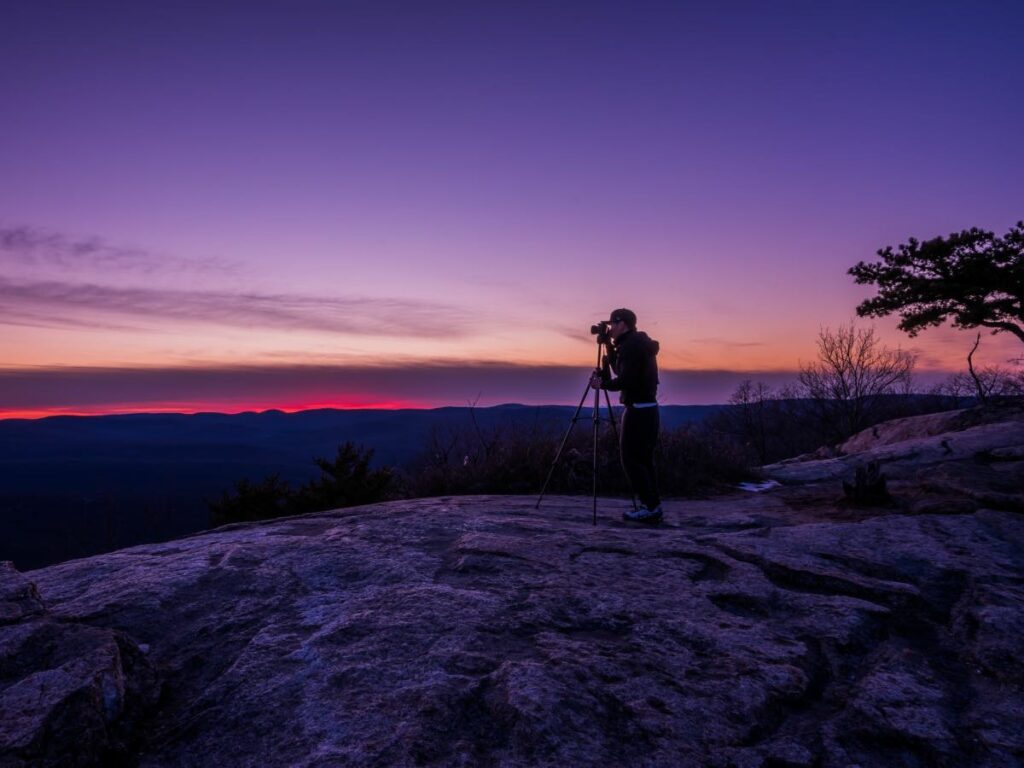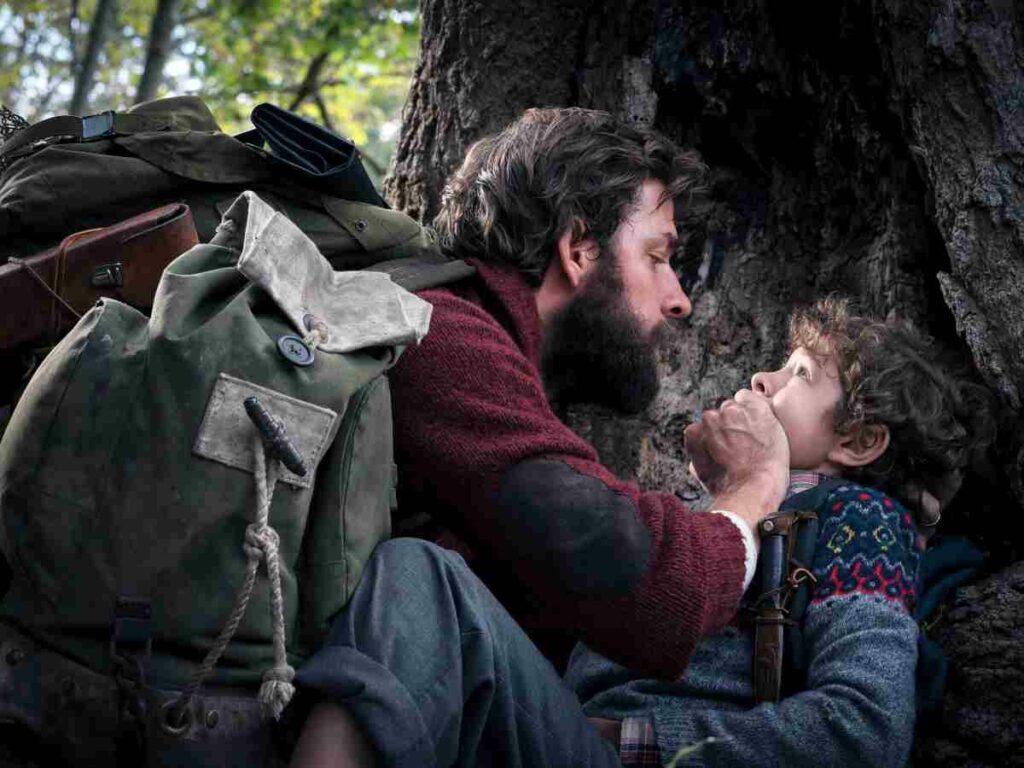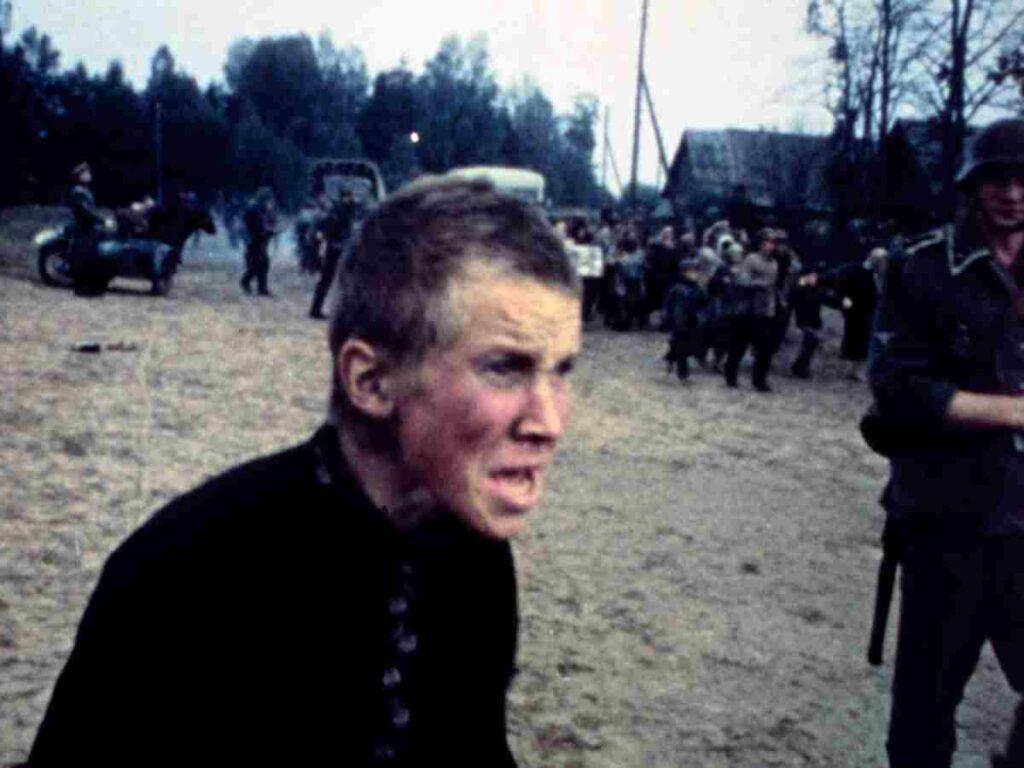Cinematography can often seem like a daunting field to break into. After all, a cinematographer is responsible for creating the look and texture by which a film will be defined. Everything from the lighting and color palette to the scene setting, right down to props and set dressing, must be curated under their watchful eye. With so much to get right before shooting can even commence, it can get pretty hard to not feel intimidated. I’m often reminded of Reed Morano’s remark about cinematography:
A lot of cinematography is intuition. It’s an art, not a formula.
If there’s any truth to that, budding cinematographers may find themselves questioning their instinctive choices and styles at the early onset of their career. To that end, we’ve compiled a list of eleven tips for aspiring cinematographers and film students looking to improve their craft.
1. Less is more
When you’re starting out as a cinematographer, it is likely that you may lack the resources to invest in expensive equipment and elaborate sets. This especially stands true if you find yourself working on small, independent projects. Hence, it is important to create value from the tools available to you. Instead of being hooked on flashy visuals or intricate technical marvels, figuring out a way to tell your story through simple, elegant techniques will get you far.
While you may eventually move on to bigger projects, the skills and values imbibed from working with limited resources will form the backbone of your craft. It will also help you to adapt to situations quickly, and figure out viable solutions on a shoot if things don’t go according to plan.
2. Use the resources available to you
Seasoned cinematographers often swear by the importance of using your equipment in a way that gets the most out of it. There’s wisdom to this simple advice. You likely won’t be asked to work on a certain project because of your skill with specific techniques, but because of your familiarity with your craft. Part of this is learning the full range of what you can do with simple equipment, like a handheld camera, and then doing it well. Combining shooting techniques that you are especially fond of, with a couple of blocking methods and different environments is a good way to start.
Not only is this a good way to envision scenes and characters, it will also give you a sense of what you are good at, and what needs improving. So, the next time you work on a project, you will already have a concept of what you want to do, and you can go from there.
3. Prioritize the story
This is a piece of advice that goes without saying. Stylistic approaches and aesthetic flair are best used when they are in service of the story. It may often be tempting to put together a bunch of gorgeous shots that are otherwise incoherent, or don’t make sense with the narrative. While doing so may make a scene or two stand out, it does not add value to the film. To that end, it is important to keep in mind that good storytelling does not always have to be grand or intricate. Simple techniques executed well will suffice. The cinematography should not distract from the story, rather, it should enhance it.
4. Immerse yourself in the scene
A good cinematographer knows that their job is not just to record the events as they unfold. Instead, they should treat the camera as if it were an entity in the middle of the scene. This will help minimize the awkwardness and the staged nature of shooting, especially if it takes place on elaborate sets. This can be achieved by accompanying the actors during rehearsal, and tweaking different elements of the stage between shooting scenes. By thinking and working as if they were a part of the scene too, it will help cinematographers gain a sense of the flow and motion of the scene. Additionally, it also helps to factor in the actors’ input during and after shooting.
5. Collaboration is key
Anyone who has worked on a film knows that it is most definitely a team effort. It is all the more crucial for cinematographers as they have to balance the technical aspect and artistic sensibilities of any production. Hence, it pays off to be able to make compromises with the cast and crew. For example, if it isn’t possible to shoot a scene from the angle or lighting that you had envisioned, try to come up with another viable solution. Similarly, post production, you may be asked for your input during the editing process. The idea is to work closely with all parties involved, in the best interest of the film. This can often include brainstorming with directors and writers, as well as working together during the editing process.
6. Experiment with styles and techniques
Your filmmaking journey begins when you pick up a camera, but it doesn’t end there. Aspiring cinematographers should be willing to constantly experiment with different filmmaking styles and techniques, not only in the way they approach work but also in the methods they choose to employ on set. From shooting on 35mm film to using drones for aerial photography, aspiring filmmakers are frequently encouraged to test out new technologies that will aid them in their creative vision. Conversely, you can also tinker with your own equipment (if you feel comfortable doing so) and find out what customisations and hacks are best suited for shooting in daylight, capturing long exposure, and so on. Venturing beyond your comfort zone will be crucial to your learning curve.
7. Look for inspiration
There’s nothing new under the sun, goes the age-old saying. So, don’t be hesitant about looking outwards for inspiration. It’s no secret that filmmaking can be a creatively draining field to break into. But the best thing budding cinematographers can do is to be receptive to ideas. Keep your eyes and minds open, both on and off set. Take notes of films you like, and artists you admire — all of it adds up when it’s time to create your own work. To that end, cinematographers must be sure to step out of the filmmaking bubble from time to time and fill their creative void. Visit museums, art galleries or just go hiking in nature. You never know what new ideas await you. Even looking at photography and paintings will give you a sense of how to approach framing, contrast, and scope — all of which will prove useful while shooting.
If you’re looking for inspiration in the written word, we’ve collated a list of 50 amazing resources for filmmakers — from New York Times’ Anatomy of a Scene to No-Budget Filmmaking, a podcast hosted by filmmakers.
8. Be attuned to your environment
Often, you may have to shoot on location. This can be a blessing in disguise, as it gives you a chance to capture natural looking shots against a variety of backdrops. For a budding cinematographer, the most important thing while shooting on location is to get acquainted with it. That means taking out time to walk around and visualize the flow of a scene beforehand, and noticing the effect of light on the surroundings throughout the day.
It will help you stage an interesting setting if you have a prior idea of how the space behaves under different circumstances. For example, if you want to shoot in natural light, taking note of how the space reacts to sunlight and other forms of lighting will help you create a lovely ambience for your scenes.
9. Create your own style
Cinematography is an artistic field which requires filmmakers to grow and adapt on set as they go along. Much like how writers develop writing styles over time (and with practice), aspiring filmmakers must do the same thing with filmmaking techniques if they want to hone their craft into something memorable and distinctively theirs. Don’t worry about being perfect right away, take risks. However, you should always have a good understanding of the fundamentals before attempting anything too complicated. Using photographs, reference shots, and stills to put together a lookbook as you move forward in your career will help you keep track of your preferences, as well as provide a ready repository of your stylistic evolution over the years.
Another tip is to make experimental films or montages in between projects. Not only will it help you recharge your creative energies, it will also lead you to newer ways of capturing an image.
10. Find your own vision
While it’s always important to familiarize yourself with tried and tested methods of filmmaking — after all, there’s a reason why they remain popular — aspiring filmmakers should also take some time out to explore cinema from other parts of the world. Watch films from various countries and try to dissect how their unique cultural contexts have influenced the visual style and storytelling techniques employed by their respective cinematographers. Not only will this help broaden your understanding of cinema as an art form, but you may also find yourself inspired by new ideas that can be adapted into your own personal filmmaking style.
Studying cinema and its history through international movements and styles will also help you figure out which genres of film you have an affinity for. All of these exercises will help you in identifying a niche which you can do your best work in.
11. Create a healthy working environment for your peers
Filmmaking is not a lone wolf’s game. It’s important that everyone feels included in the creative process so they contribute their voice when necessary (and vice versa). Regardless of whether you’re working as the head of the cinematography department, or as a part of a much larger crew, being respectful and in sync with your team will make the process much more effective. Additionally, it will also be in your best interest to reach out and foster professional relationships with your peers in the industry. Creating a safe, collaborative space for like-minded artists and professionals will help you secure your prospects in an industry that is rather notorious for hiring insiders.
Conclusion
It is completely natural for new professionals in any field to feel unsure and nervous. This goes for cinematography as well. Learning on the job is more important than anything a film school or a course can teach you. It helps to accept that there will occasionally be missteps and some projects won’t turn out like you expected them to. However, all that will be a necessary part of the learning curve. With time and experience, you’ll be able to craft striking visuals that are true to your vision.
If you’re looking for inspiration in the written word, here is some essential reading on cinematography to get you started.




